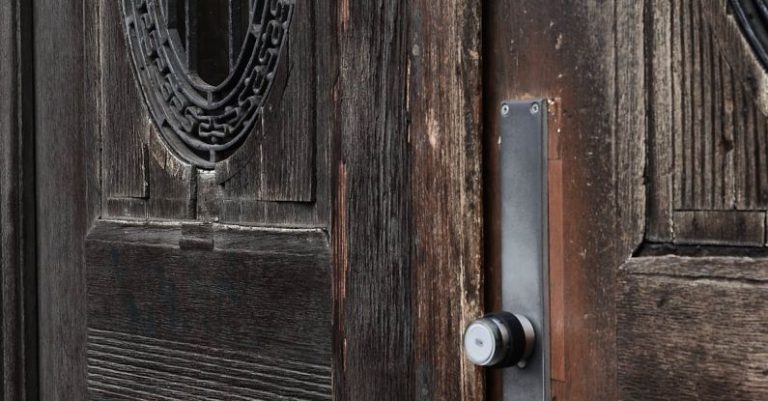What Are the Most Common Lock Issues

Locks are an essential component of our everyday lives, providing security and peace of mind in our homes, offices, and vehicles. However, like any mechanical device, locks can experience issues that may compromise their functionality. Understanding the most common lock issues can help you identify and address them promptly, ensuring the safety of your property and possessions.
Key Stuck in the Lock
One of the most frustrating lock issues that many people encounter is when a key gets stuck in the lock. This can happen due to various reasons, such as a worn-out key, a misaligned lock mechanism, or debris inside the keyway. When faced with a key that refuses to turn or come out of the lock, it is essential to avoid forcing it as this can cause further damage. Instead, you can try lubricating the key with a graphite spray or contacting a professional locksmith for assistance.
Lock Misalignment
Lock misalignment is another common issue that can occur over time, especially in older or frequently used locks. When a lock is misaligned, it may become difficult to insert the key properly or turn it to unlock the door. This can be caused by the door settling, changes in temperature and humidity, or general wear and tear on the lock mechanism. To resolve this issue, a locksmith can realign the lock or replace it if necessary to ensure smooth operation.
Key Breaks Inside the Lock
Breaking a key inside the lock is a frustrating situation that can happen unexpectedly. This can occur due to using excessive force when turning the key, a weakened key, or a worn-out lock mechanism. When a key breaks inside the lock, it can be challenging to remove it without causing further damage. In such cases, it is best to seek the expertise of a professional locksmith who can safely extract the broken key and make any necessary repairs to the lock.
Difficulty Turning the Key
If you find it increasingly difficult to turn the key in the lock, it may indicate a problem with the internal components of the lock. This issue can be caused by a buildup of dirt and debris, worn-out pins or springs, or a misaligned lock mechanism. Attempting to force the key to turn can worsen the problem and potentially damage the lock further. To address this issue, it is advisable to have a locksmith inspect the lock, clean or replace any worn parts, and ensure smooth operation.
Frozen Lock
During the colder months, a common lock issue that many people face is a frozen lock. When temperatures drop below freezing, moisture can accumulate inside the lock mechanism and freeze, preventing the key from turning. To prevent a frozen lock, you can use a de-icer spray or apply heat to the lock using a hairdryer. It is important not to use excessive force to avoid damaging the lock. Additionally, consider using a lubricant specifically designed for cold weather to help prevent future freezing.
Worn-Out Locks
Over time, locks can become worn out due to regular use, exposure to the elements, or lack of maintenance. Worn-out locks are more susceptible to issues such as key breakage, difficulty turning the key, and lock misalignment. If you notice signs of wear and tear on your locks, it is advisable to have them inspected by a locksmith who can determine if repairs or replacements are necessary to enhance security and functionality.
Conclusion: Ensuring Lock Security
In conclusion, being aware of the most common lock issues can help you address potential problems promptly and maintain the security of your property. By understanding the causes and solutions to key stuck in the lock, lock misalignment, key breaks inside the lock, difficulty turning the key, frozen lock, and worn-out locks, you can take proactive measures to keep your locks in optimal condition. Remember to seek professional assistance when needed to ensure the safety and functionality of your locks.





